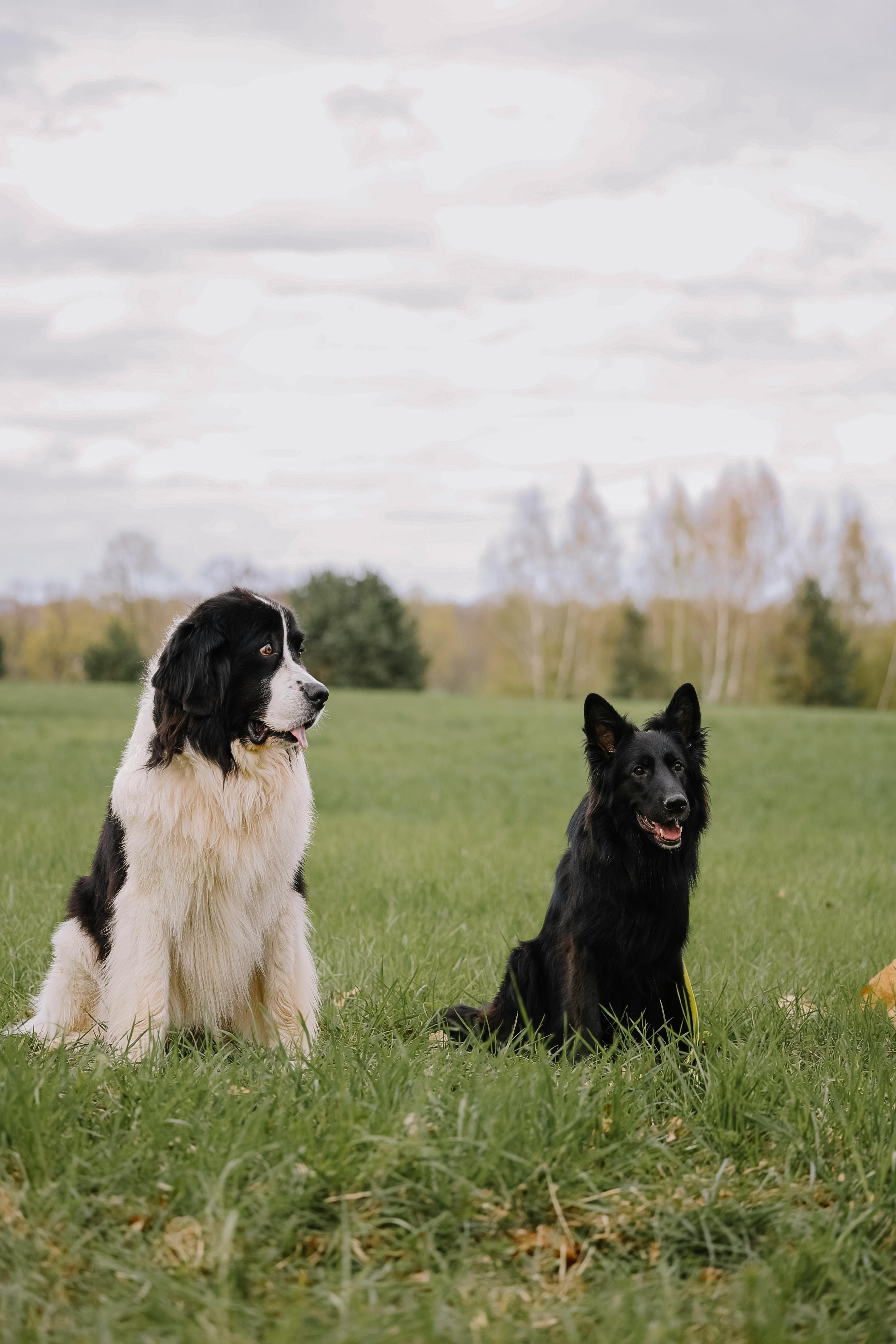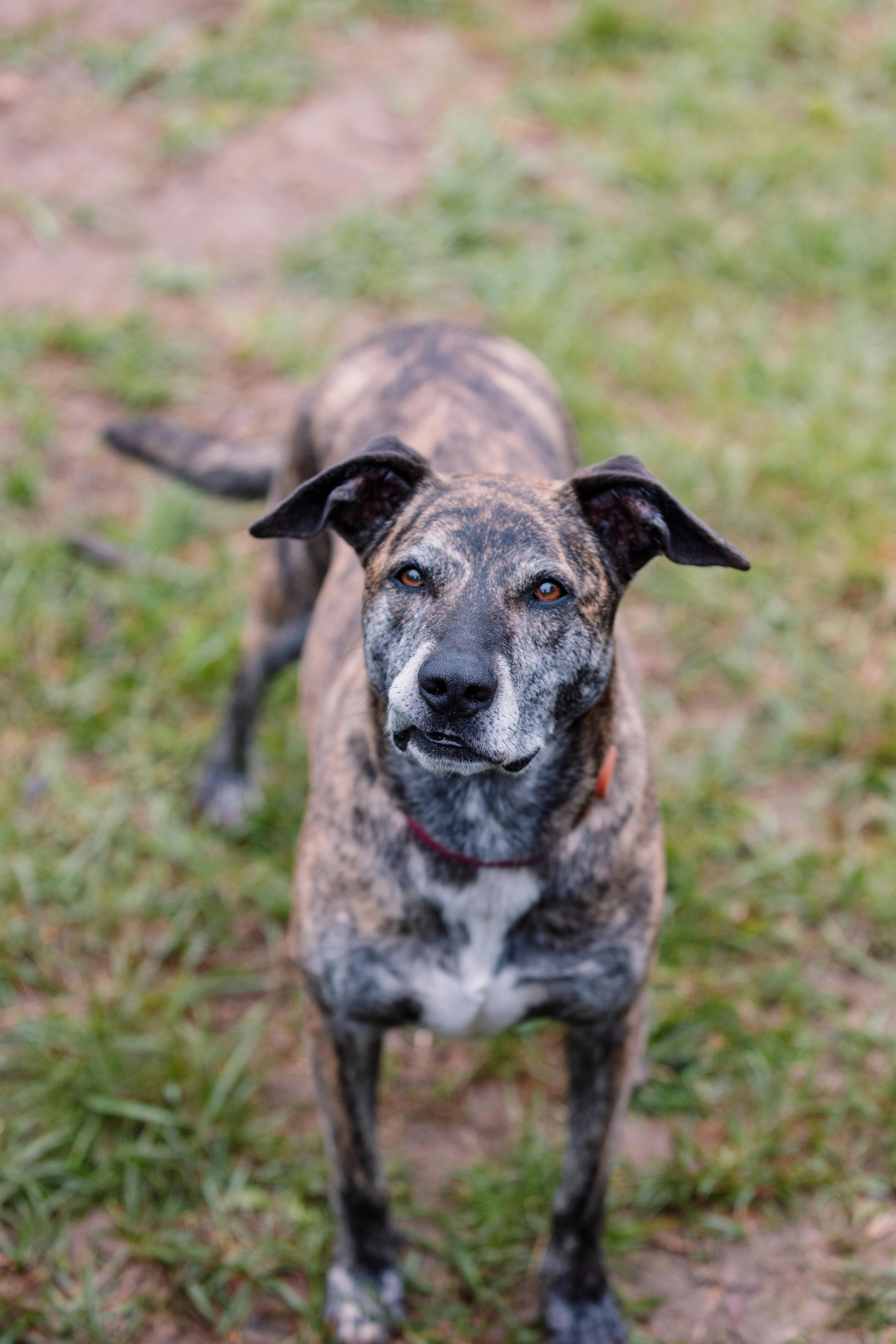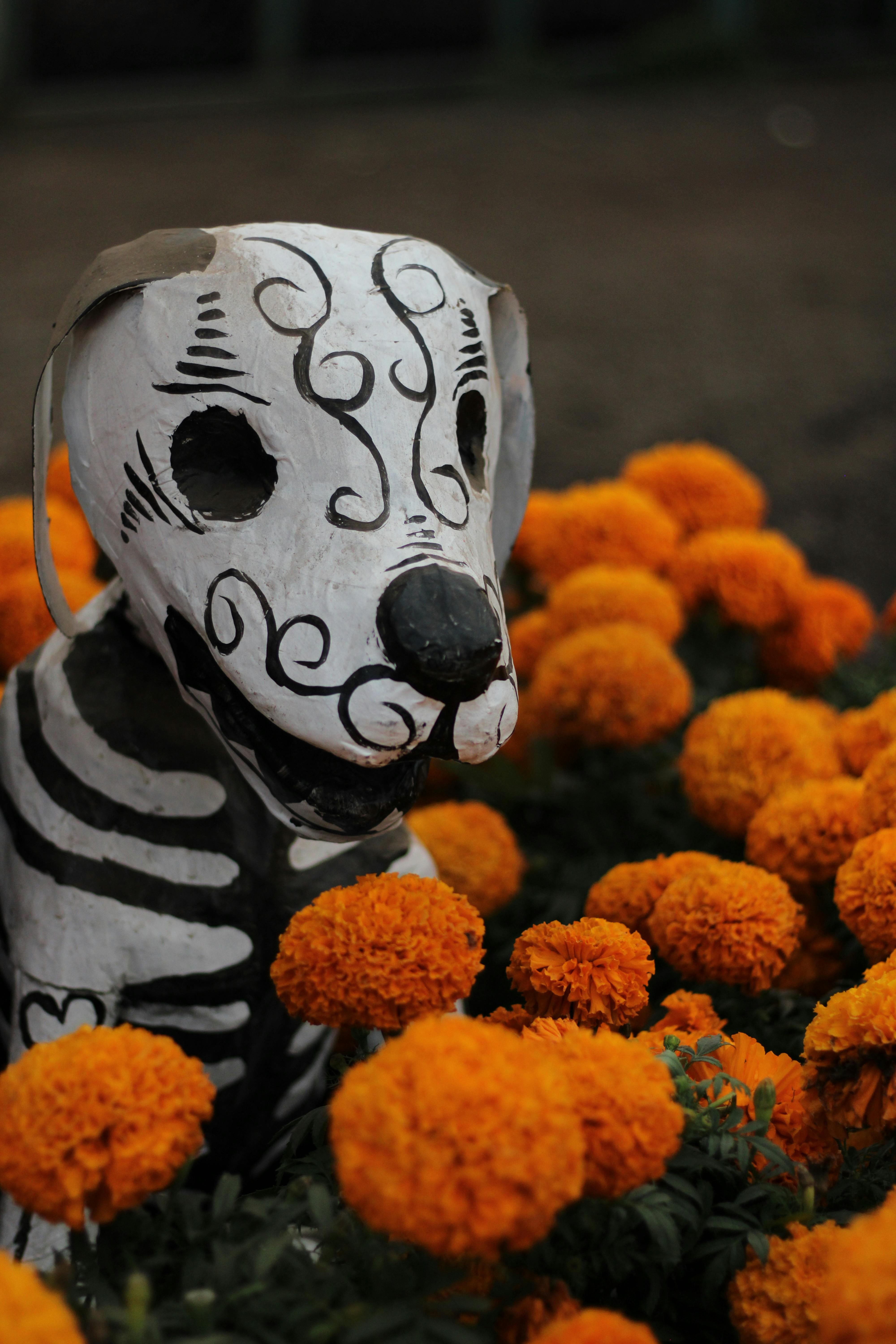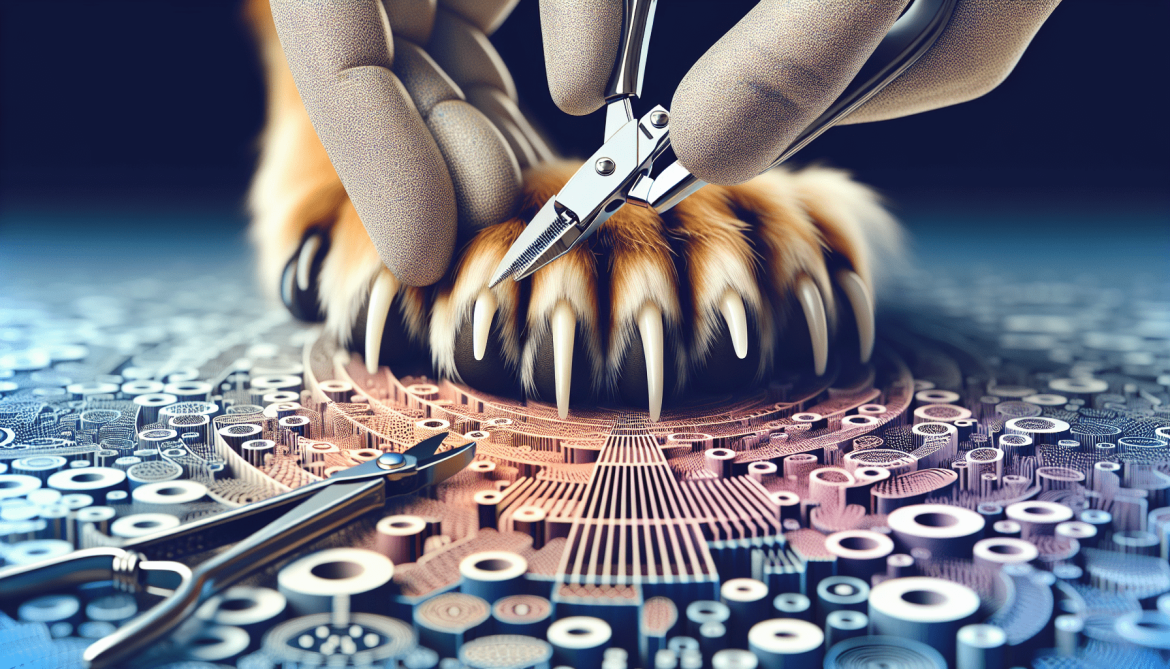If you're a dog owner, keeping your furry friend's nails trimmed is an essential part of their grooming routine. However, it can be daunting to approach the task without the right tools and knowledge. That's where guillotine clippers come in. In this article, we'll show you exactly how to use guillotine clippers for dog nail trimming, giving you the confidence and guidance you need to keep your pup's paws in tip-top shape. From step-by-step instructions to helpful tips, you'll be a pro in no time!

This image is property of images.pexels.com.
Choosing the Right Guillotine Clippers
When it comes to choosing the right guillotine clippers for your dog, there are a few factors you should consider. First and foremost, you should take into account the size of your dog. Clippers come in different sizes, so it's important to choose one that is specifically designed for your dog's breed and size. Using clippers that are too small or too large can make the nail trimming process uncomfortable and even potentially dangerous for your furry friend.
In addition to considering the size, you should also look for quality materials when selecting guillotine clippers. Opt for clippers that are made of durable materials such as stainless steel, as they are not only long-lasting but also provide a clean and precise cut. It's also a good idea to choose clippers with ergonomic handles, as they will make the trimming process easier and more comfortable for you.
Lastly, make sure to check the design of the clippers. Look for ones that have a sharp blade and a smooth action, as this will make the trimming process quicker and more efficient. Additionally, consider clippers that have a safety guard or a locking mechanism, as these features can help prevent accidents and unnecessary injuries.
Preparing Your Dog for Nail Trimming
Before you start trimming your dog's nails with guillotine clippers, it's important to ensure that your furry friend is comfortable with having their paws handled. Begin by gently touching and massaging your dog's paws on a regular basis, gradually increasing the level of handling over time. This will help desensitize your dog to having their paws manipulated and will make the nail trimming process much easier and less stressful for both of you.
Once your dog is comfortable with paw handling, you can introduce the guillotine clippers gradually. Start by simply showing the clippers to your dog, allowing them to sniff and investigate the tool. Reward your dog with treats and praise for positive interactions with the clippers. Gradually progress to touching the clippers to your dog's nails, again rewarding them for calm and cooperative behavior.
Throughout the preparation process, it's essential to use positive reinforcement. Reward your dog with treats, praise, and affection for allowing you to handle their paws and for their cooperation during the introduction of the clippers. Positive reinforcement will help create a positive association with nail trimming, making the experience more enjoyable for both you and your furry friend.
Above all, make sure your dog is relaxed before attempting to trim their nails. A calm and relaxed dog is much easier to handle and will make the nail trimming process go much smoother.
Setting Up a Safe Environment
Creating a safe environment for nail trimming is crucial to ensure both you and your dog's comfort and safety. Choose a well-lit and quiet area for the nail trimming session. Ample lighting will help you see your dog's nails clearly, minimizing the chances of accidents. A quiet environment will also reduce distractions and anxiety, creating a more relaxed atmosphere for your dog.
It's important to secure your dog during the nail trimming process to prevent any sudden movements or accidents. Use a leash or have someone hold your dog gently but securely. This will help keep your furry friend in place and minimize any potential harm.
Additionally, using a non-slip surface will ensure stability for both you and your dog during nail trimming. A towel or rubber mat can provide grip and stability, reducing the chances of accidental slips or injuries.
Lastly, have treats or distractions ready to keep your dog occupied and focused during the nail trimming session. Treats can be used as rewards for good behavior, keeping your dog engaged and cooperative. Distractions such as toys or chew treats can also help redirect your dog's attention and make the process more enjoyable for them.
Proper Technique for Using Guillotine Clippers
Using guillotine clippers correctly is essential for a safe and effective nail trimming experience. Before trimming, it's important to identify the quick of your dog's nails. The quick is the pink area within the nail that contains blood vessels and nerves. Trimming too close to the quick can cause pain and bleeding, so it's important to avoid cutting into it.
To position the guillotine clippers correctly, hold them perpendicular to the nail. Insert the nail into the clipping hole, ensuring that the blade is facing away from you. This will allow for a clean and precise cut.
When applying pressure with the clippers, be gentle and steady. Avoid squeezing too hard, as this can cause discomfort or injury. Instead, use a slow and controlled motion to cut the nail.
Be cautious when trimming large nails, as they can be more challenging to handle. It's a good idea to trim small portions of the nail at a time, gradually working your way to the desired length. This will help prevent accidents and ensure a comfortable experience for your dog.

This image is property of images.pexels.com.
Tips for a Successful Nail Trim
Trimming your dog's nails can be a bit daunting, but with these tips, you can make it a successful and stress-free experience for both you and your furry friend.
First, trim a little at a time. Cutting small portions of the nail will prevent accidentally cutting into the quick and causing pain or bleeding. By trimming small bits regularly, you can maintain the desired nail length without compromising your dog's safety.
Second, take breaks if needed. If your dog becomes restless or anxious during the process, give them time to relax before continuing. Patience is key when it comes to nail trimming, so don't rush and force your dog through the process. Taking breaks will help keep both of you calm and prevent any unnecessary stress.
If your dog's nails are particularly long and difficult to trim, consider using a nail file. Filing the nails can help smooth out any rough edges and give them a more polished finish. However, ensure that your dog is comfortable with the filing process before attempting it.
Lastly, reward your dog after a successful nail trim. Positive reinforcement plays a significant role in training and can help create a positive association with nail trimming. Shower your furry friend with treats, praise, and affection to let them know how well they did.
Dealing with Accidents or Troublesome Nails
Accidents happen, but it's important to know how to handle them responsibly. If you accidentally cut into the quick and your dog's nail starts to bleed, don't panic. Apply styptic powder or cornstarch to the bleeding nail to help stop the bleeding. Press the powder onto the nail firmly and hold for a few minutes. If bleeding persists or you're unsure how to handle the situation, don't hesitate to seek professional help from your veterinarian.
In some cases, your dog may have troublesome nails, such as ingrown nails or nails that curl into the paw pad. These conditions can cause discomfort and potentially lead to infections. It's important to manage these nails carefully and seek professional assistance if needed. Your veterinarian or a professional groomer can provide guidance on how to handle these specific nail issues and may suggest regular maintenance to prevent further complications.

This image is property of images.pexels.com.
Common Mistakes to Avoid
While using guillotine clippers for dog nail trimming, there are some common mistakes you should avoid to ensure your dog's safety and well-being.
One mistake to avoid is cutting into the quick. As mentioned earlier, the quick contains blood vessels and nerves, and cutting into it can be painful and lead to bleeding. Take extra caution and pay attention to the location of the quick to prevent any accidents.
Neglecting regular trimming is another common mistake. Overgrown nails can cause discomfort and even affect your dog's gait and posture. Make sure to establish a regular nail trimming routine and stick to it to maintain the health and comfort of your dog's paws.
Using dull or improper clippers can also lead to problems. Dull clippers can crush the nail instead of providing a clean cut, which can be painful for your dog. Additionally, using clippers that are not suitable for your dog's breed or size can make the trimming process difficult and potentially cause injury. Invest in high-quality, appropriate clippers to ensure a smooth and safe trimming experience.
Lastly, skipping the introduction phase can make the nail trimming process stressful for your dog. By gradually introducing the clippers and allowing your dog to get used to them, you can help create a positive association and make the experience more pleasant. Skipping this crucial step can result in anxiety and resistance, making the nail trimming process more challenging.
Maintaining and Cleaning Your Guillotine Clippers
Proper maintenance and cleaning of your guillotine clippers are important to ensure their longevity and hygiene. After each use, remove any hair or debris from the clippers using a small brush or cloth. This will prevent the accumulation of dirt and keep the clippers in good working condition.
Regularly inspect your clippers for any signs of wear or damage. Replace worn or damaged parts as necessary to maintain their effectiveness and your dog's safety. This includes checking the blades for sharpness and making any necessary adjustments.
Disinfect the clippers as needed to prevent the spread of bacteria or other potential contaminants. Follow the manufacturer's instructions for proper disinfection, as different types of clippers may require different cleaning methods.
When not in use, store your guillotine clippers in a safe and dry place. Keep them away from moisture and direct sunlight to prevent rusting. Storing them properly will help maintain their quality and ensure they are ready for the next nail trimming session.
Understanding Your Dog's Nail Anatomy
Understanding your dog's nail anatomy is essential for proper nail trimming. By identifying the different parts of the nail, you can trim them effectively and avoid any potential issues.
The nail consists of the outer shell and the quick. The outer shell is the hard, protective covering that needs to be trimmed. The quick is the pink area within the nail that contains blood vessels and nerves. It's important to avoid cutting into the quick, as it can cause pain and bleeding.
Recognizing signs of overgrowth is also crucial. If your dog's nails are touching the ground when they are standing, it's a sign that they are too long and need to be trimmed. Overgrown nails can cause discomfort and potentially lead to nail-related problems, so regular trimming is essential.
Regular nail trimming is vital for your dog's overall paw health. By keeping the nails at an appropriate length, you can prevent issues such as ingrown nails, nail curling, and discomfort during walking and running.
Lastly, be aware of potential health issues related to your dog's nails. Ingrown nails, infections, and nail-related tumors are all conditions that can affect your dog's paw health. By regularly trimming their nails and monitoring any changes or abnormalities, you can catch potential problems early and seek appropriate veterinary care.
Seeking Professional Assistance
While you can trim your dog's nails at home, seeking professional assistance can be beneficial, especially if you're unsure or uncomfortable with the process. Professional groomers and veterinarians have the knowledge and experience to handle various nail conditions and can provide expert guidance.
Consider taking your dog to a reputable groomer or veterinarian for nail trimming. These professionals have the necessary tools and skills to trim the nails safely and efficiently. Additionally, they can offer valuable advice on maintaining your dog's paw health and recommend other grooming services if needed.
If you're hesitant about using guillotine clippers, you can consider professional nail grinding as an alternative. Nail grinding uses a rotary tool to gradually file down the nails, resulting in a smoother and rounded finish. This method can be less intimidating for some dogs and is often recommended for dogs with particularly sensitive or brittle nails.
If you choose to trim your dog's nails at home, don't hesitate to ask for tips or guidance from professionals. They can provide insights specific to your dog's breed or size and offer valuable advice on how to make the nail trimming process easier and more comfortable for both you and your furry friend.
To ensure your dog's nails are consistently well-maintained, schedule regular nail trims. Depending on your dog's specific needs, this may range from monthly to quarterly visits. Regular nail trims will not only keep your dog's nails at a healthy length but also allow the groomer or veterinarian to monitor any changes or potential issues.
In conclusion, using guillotine clippers for dog nail trimming requires careful consideration, preparation, and technique. By choosing the right clippers, preparing your dog for the process, setting up a safe environment, using proper technique, and following the tips outlined, you can successfully trim your dog's nails at home. However, don't hesitate to seek professional assistance if needed. Remember, the main goal is to keep your furry friend's paws healthy, comfortable, and happy.


